Whilst older artworks may face age-related vulnerabilities, their painterly style – that is the purposeful view of brushstrokes or impasto – can often hide a great array of old damages and alternations for centuries. By contrast, modern photorealistic paintings rely so heavily on their clear and smooth visual impact that even the slightest stain, dent or tear may completely disturb the piece – decreasing monetary value and artistic impact.
 Above: our conservators holding an example of a photorealism painting
Above: our conservators holding an example of a photorealism painting
In our studio, conservators often come across contemporary paintings that require extremely sensitive treatments due to the clarity of their composition – whether this is due to precise details or large blocks of smooth colour. Ultra-realistic paintings can be severely damaged in a multitude of ways, including unsuitable environments, everyday accidents and major household disasters – all leading to an intensive restoration due to the expert repair and re-touching required to bring a realistic painting back to its original, perfect finish.
 Above: one of our conservators removing varnish from a painting in our studio
Above: one of our conservators removing varnish from a painting in our studio
In this article, we will look into the history of photorealistic paintings and hyperrealism in art, including the value that some may achieve at auction. Plus, how to care for these remarkable pieces and the painting restoration outcomes that can be achieved by our professional team.
What is the difference between photorealism and hyperrealism art?
Art imitating real life has continuously been enhanced since it first emerged in the 1960s. In terms of artistic genre, it is usually said that photorealism predates hyperrealism due to the progression in new skills and techniques used by contemporary artists. Whilst some amount of photorealism can be linked to the trompe-l’œil effect seen in historic paintings, it stands apart in modern art as a move against minimalism and abstract expressionism – at its core, photorealism is supposed to be a straightforward reproduction of real life. Photorealism also requires the technology of photography to gain visual meaning, making this a modernist genre that allows for commentary on mid-century culture and technology.
 Above: photorealism has roots in the 1960s and often depicts scenes from typical US culture such as bars, cars and diners
Above: photorealism has roots in the 1960s and often depicts scenes from typical US culture such as bars, cars and diners
Hyperrealism can be applied to all forms of art, including sculptures as well as paintings. The term hyperrealism is linked to a famous exhibition held in Brussels in 1973 entitled Hyperréalisme including American and European work. Unlike the literal nature of photorealistic art, hyperrealism can often focus far more on emotions, political ideas and hidden meanings behind the use of specific objects. Sometimes hyperrealism ventures beyond real life with artwork depicting such a perfect and precise object that it appears surreal.
 Above: some hyperrealism paintings depict macro textures such as this
Above: some hyperrealism paintings depict macro textures such as this
Famous photorealistic & hyperrealistic artists include:
- John Baeder
- Chuck Close
- Charles Bell
- Ian Hornak
- Oscar Ukonu
- Tom Blackwell
- Elizabeth Patterson
- Ralph Goings
- Malcolm Morley
- Chuck Close
- John Kacere
- Robert Bechtle
- Howard Kanovitz
- Don Eddy
- Robert Cottingham
 Above: photorealistic paintings often use perspective to create the feel of a real photograph
Above: photorealistic paintings often use perspective to create the feel of a real photograph
- Rob Hefferan
- Richard Estes
- Don Jacot
- Ester Curini
- Audrey Flack
- Diego Fazio
- Ron Kleemann
- John Salt
- Pedro Campos
- Gottfried Helnwein
- Ben Schonzeit
- Miguel Angel Nunez
- David Kassan
- Raphaella Spence
- Halim Ghodbane
 Above: photorealistic portraits are a common feature in this genre of art including paintings, pastels and chalk/charcoal drawings
Above: photorealistic portraits are a common feature in this genre of art including paintings, pastels and chalk/charcoal drawings
Photorealistic and hyperrealistic paintings can sell for amazing sums at auction depending on the artist, though these contemporary pieces can attract a lot of attention due to their skilful composition regardless of the name attached to them. Chuck Close’s photorealistic portrait series has seen many prices climb over £1,000,000 including a New York sale at Sotheby’s reaching $4.8 million USD in 2004. More recently, in 2019 a Charles Bell painting sold at Christie’s for £350,000 and artworks by Ralph Goings still regularly sell for over £100,000 at auction with one entitled Lawson’s TV selling for $325,000 USD in 2020.
 Above: the use of bright colour palettes is also a typical feature of hyperrealism
Above: the use of bright colour palettes is also a typical feature of hyperrealism
Caring for modern and contemporary photorealistic paintings
As is the case with many artworks, the environment for display is the most important factor when thinking about safety and preservation. We recommend an atmosphere with an average of 40% humidity to avoid mould and moisture damage, as well as an even temperature of around 20 degrees celsius for prime conditions. It is important to keep temperature and humidity as level as possible to ensure there is no constant fluctuation causing the canvas fibres, paint or panel to expand and contract.
If you are concerned about certain materials or aspects that may be unique to your artwork, please speak to a member of our team who will be able to provide you with more detailed information on specific atmospheric conditions. Modern and contemporary pieces may contain mixed media and unconventional methods in their composition, making them a more complex challenge for everyday care. Our professional conservators will be happy to assist you in finding the perfect conditions for even the most unusual artworks.
 Above: it is best to keep your artwork out of direct sunlight to avoid colour disturbances and temperature fluctuations
Above: it is best to keep your artwork out of direct sunlight to avoid colour disturbances and temperature fluctuations
To help maintain temperature control and to lessen the risks of UV damage, it is always best practice to keep oil and acrylic paintings away from direct sunlight. In some cases, it may also be vigilant to keep a painting behind UV protective glass, as some modern acrylic pigments may have a chemical reaction if faced with too much exposure. Our team can offer UV protective and museum glass along with a personalised framing service if required.
When transporting or storing a painting, never remove it from the frame or allow a loose canvas to be rolled up in a tube. Any canvas painting is safest when it is securely tensioned onto stretcher bars and kept within protective framing, as movement to an unstretched canvas may crack and disturb the paint layer. To provide further support, place two pieces of strong card on either side of the frame so that the painting will not be torn or dented if it falls against a sharp object – for highly valuable artworks we recommend that a crate is produced to fit the exact dimensions plus room for secure and acid-free padding materials.
 Above: a tear in the canvas of a modern painting before restoration
Above: a tear in the canvas of a modern painting before restoration
Photorealism painting restoration
Our team often cares for contemporary and modern paintings alongside the typical antique artworks you may expect to find in a restoration studio. This includes photorealistic or hyperrealistic paintings that have faced accidental damage, such as staining, tears and scratches, as well as pieces in need of new varnish or protective framing.
 Above: our conservator performing a tear repair under microscope to ensure all fibres are perfectly re-adhered
Above: our conservator performing a tear repair under microscope to ensure all fibres are perfectly re-adhered
Recent artworks in our studio include a piece by British artist Jo Barrett who fuses the photorealism genre with traditional ideas of still life painting. The artwork featured a small teacup and cherries on a flat surface, the objects had perfectly formed shadows with an accomplished use of light.
 Above: the damaged painting before restoration with a close up of the abrasion on the right
Above: the damaged painting before restoration with a close up of the abrasion on the right
Unfortunately, the smooth finish of the painting was damaged previously in transit – the top of the canvas had a large abrasion. This was likely due to improper packaging materials and movement against the delicate paint layer. To achieve a perfect finish that matched the original photorealism of the painting, a full surface clean and varnish removal was required before the area of lost paint was sensitively retouched. Our conservator precisely matched the missing colour and tone before reviving the piece with a new layer of protective varnish. The end result was a remarkable difference, with no disturbance to the realism.
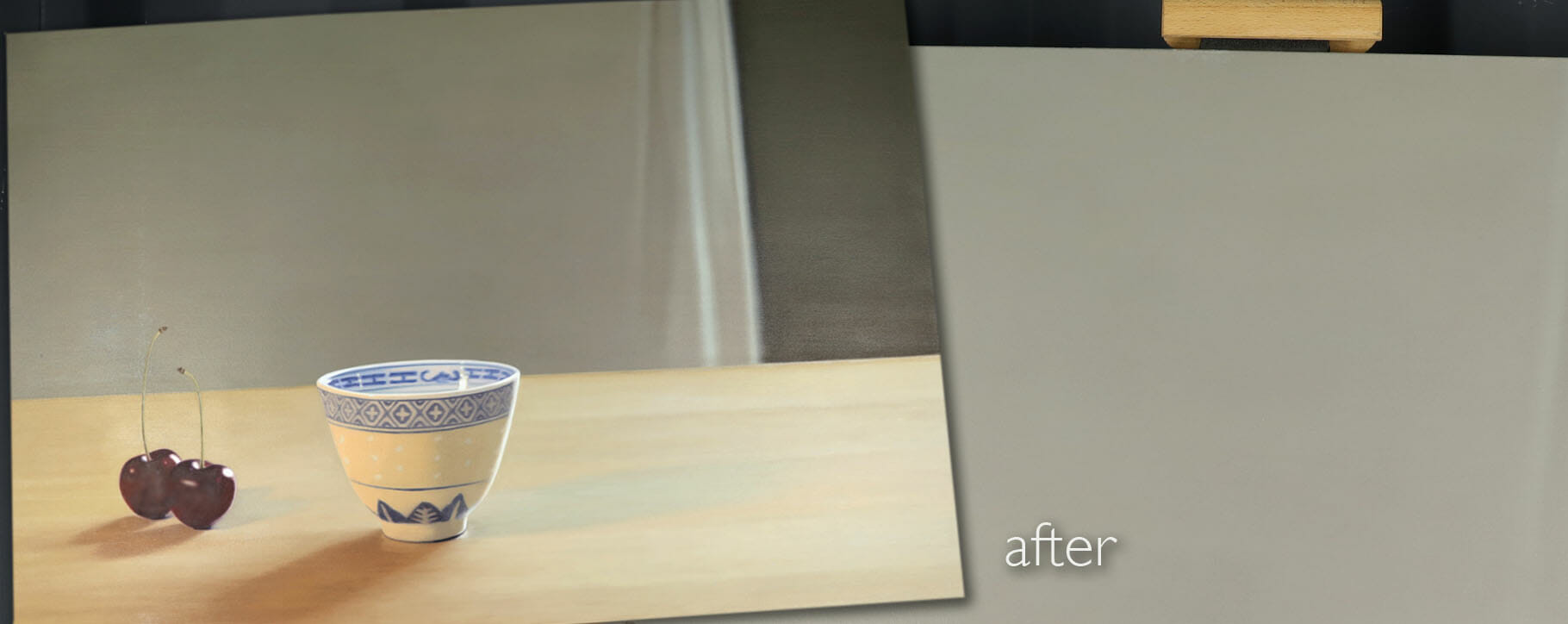
As well as the restoration of paint layer damage such as this Jo Barrett example, our team can also restore major damage such as tears with precise thread-by-thread techniques or remove staining with custom treatment plans. All areas of loss can be colour-matched with conservation pigments that are always sympathetic to the artistic and historic integrity of the piece. Not only does this ensure the conservation work is as invisible as possible, it helps in many cases to maintain value and stability into the future.
How can we help?
If you have a photorealistic or hyperrealistic painting in need of restoration or professional care, please contact our team who will be happy to assist further. You can email [email protected] or call 0207 112 7576.

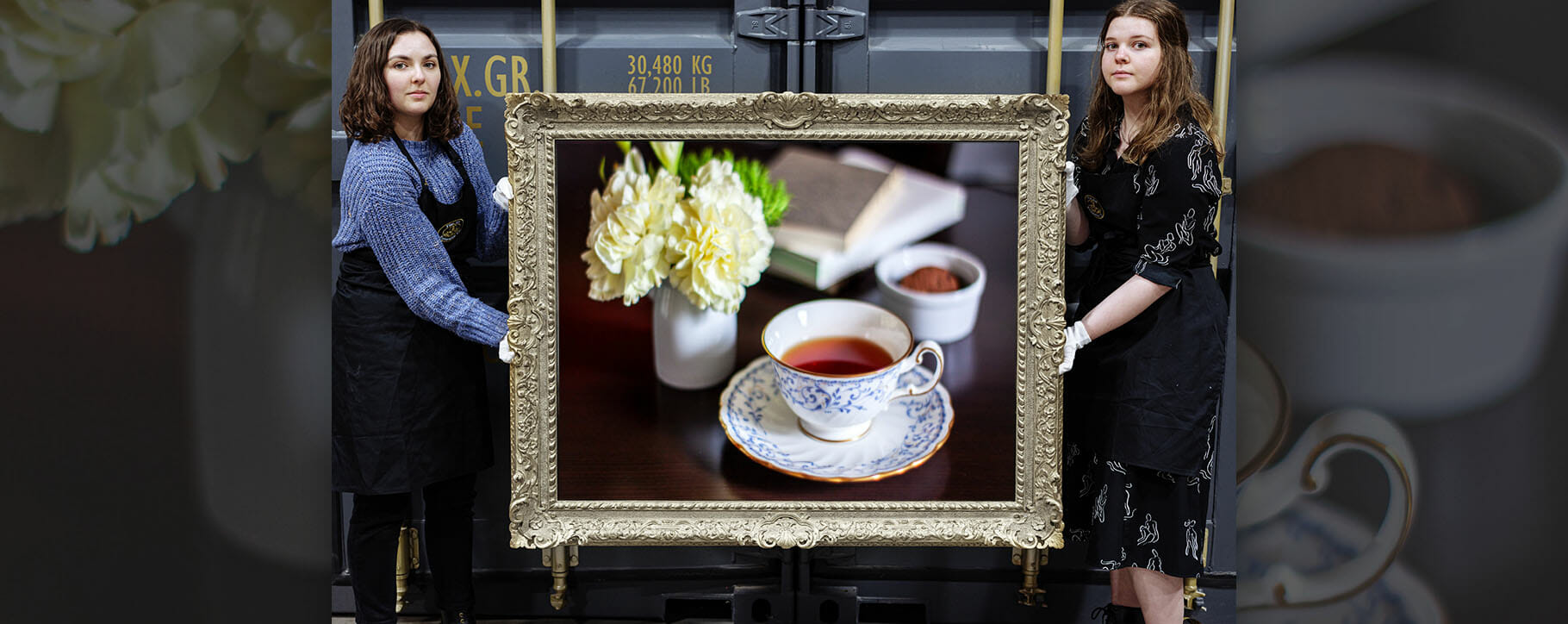 Above: our conservators holding an example of a photorealism painting
Above: our conservators holding an example of a photorealism painting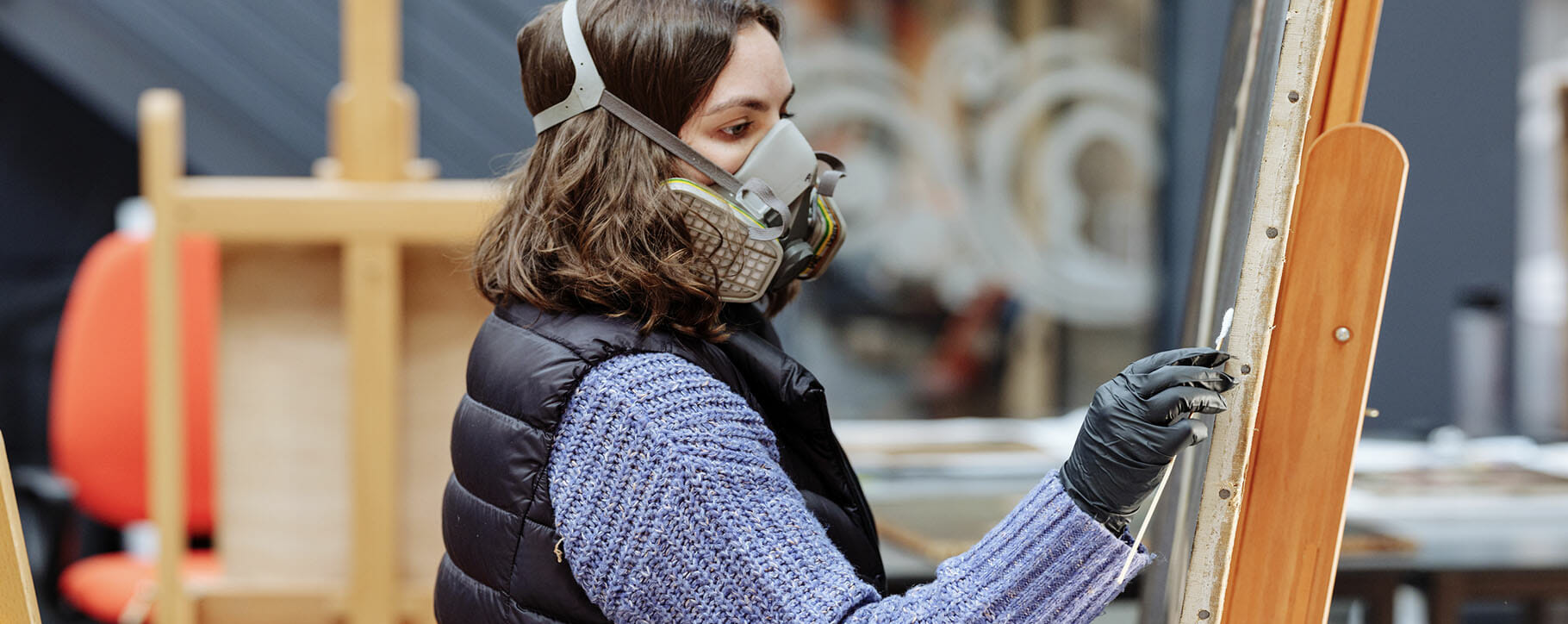 Above: one of our conservators removing varnish from a painting in our studio
Above: one of our conservators removing varnish from a painting in our studio Above: photorealism has roots in the 1960s and often depicts scenes from typical US culture such as bars, cars and diners
Above: photorealism has roots in the 1960s and often depicts scenes from typical US culture such as bars, cars and diners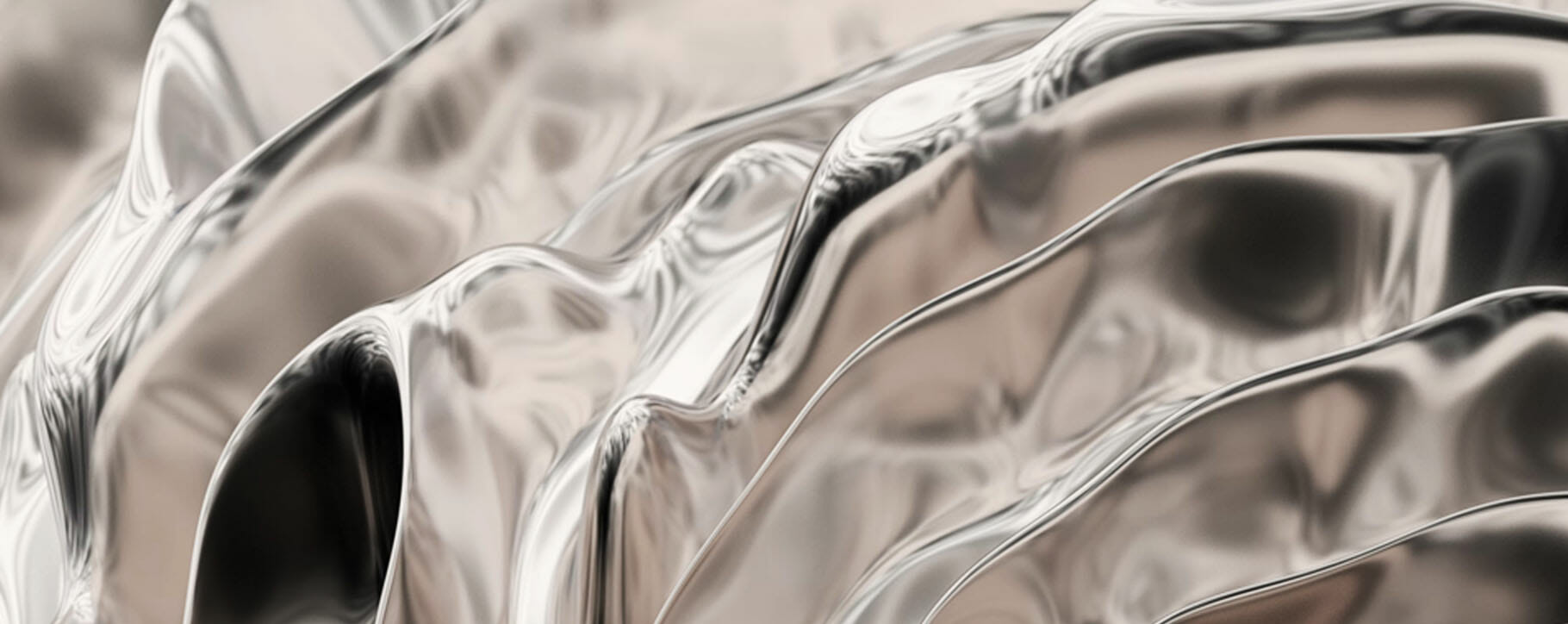 Above: some hyperrealism paintings depict macro textures such as this
Above: some hyperrealism paintings depict macro textures such as this  Above: photorealistic paintings often use perspective to create the feel of a real photograph
Above: photorealistic paintings often use perspective to create the feel of a real photograph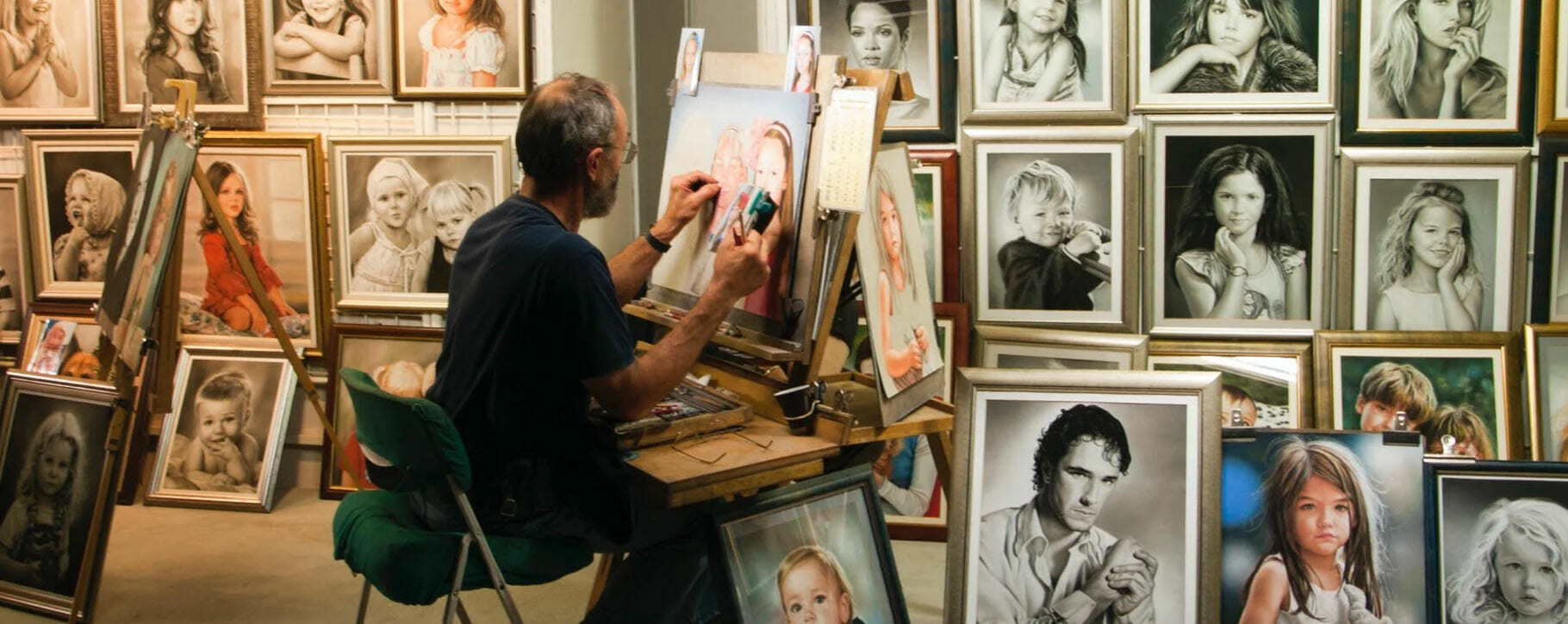 Above: photorealistic portraits are a common feature in this genre of art including paintings, pastels and chalk/charcoal drawings
Above: photorealistic portraits are a common feature in this genre of art including paintings, pastels and chalk/charcoal drawings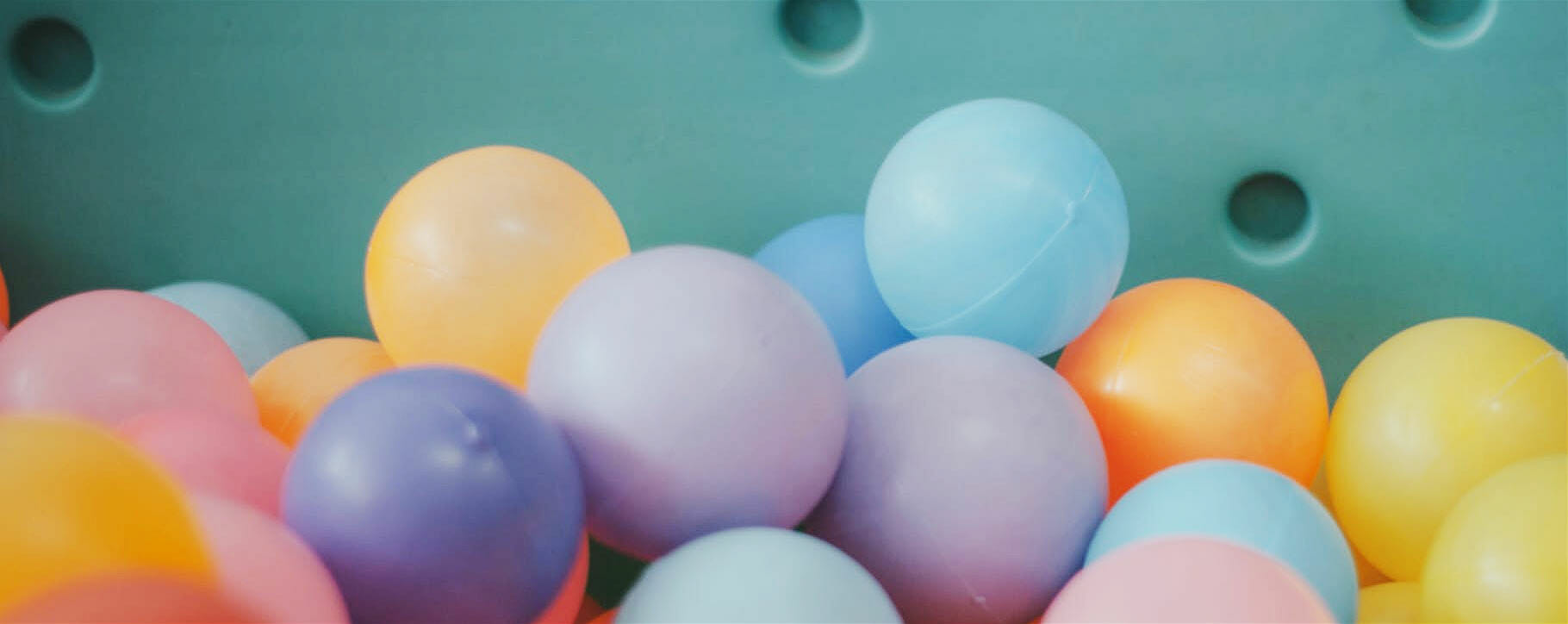 Above: the use of bright colour palettes is also a typical feature of hyperrealism
Above: the use of bright colour palettes is also a typical feature of hyperrealism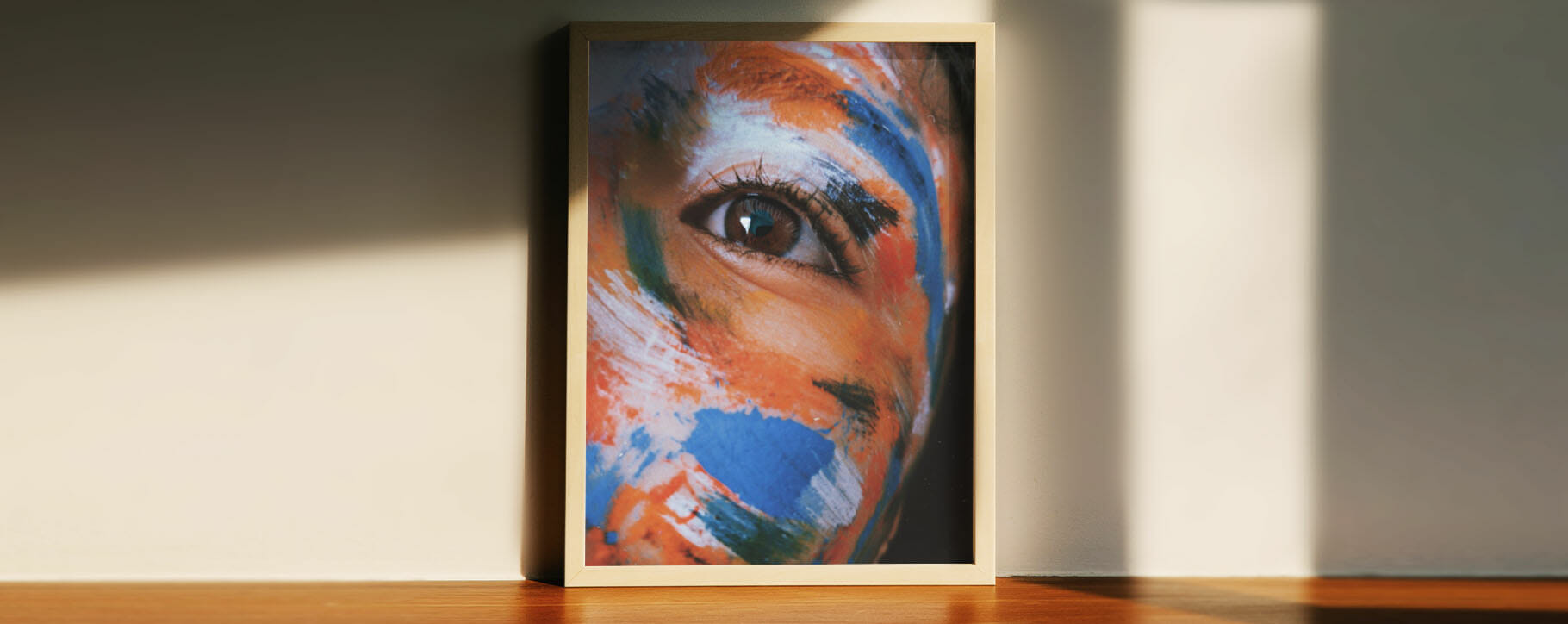 Above: it is best to keep your artwork out of direct sunlight to avoid colour disturbances and temperature fluctuations
Above: it is best to keep your artwork out of direct sunlight to avoid colour disturbances and temperature fluctuations 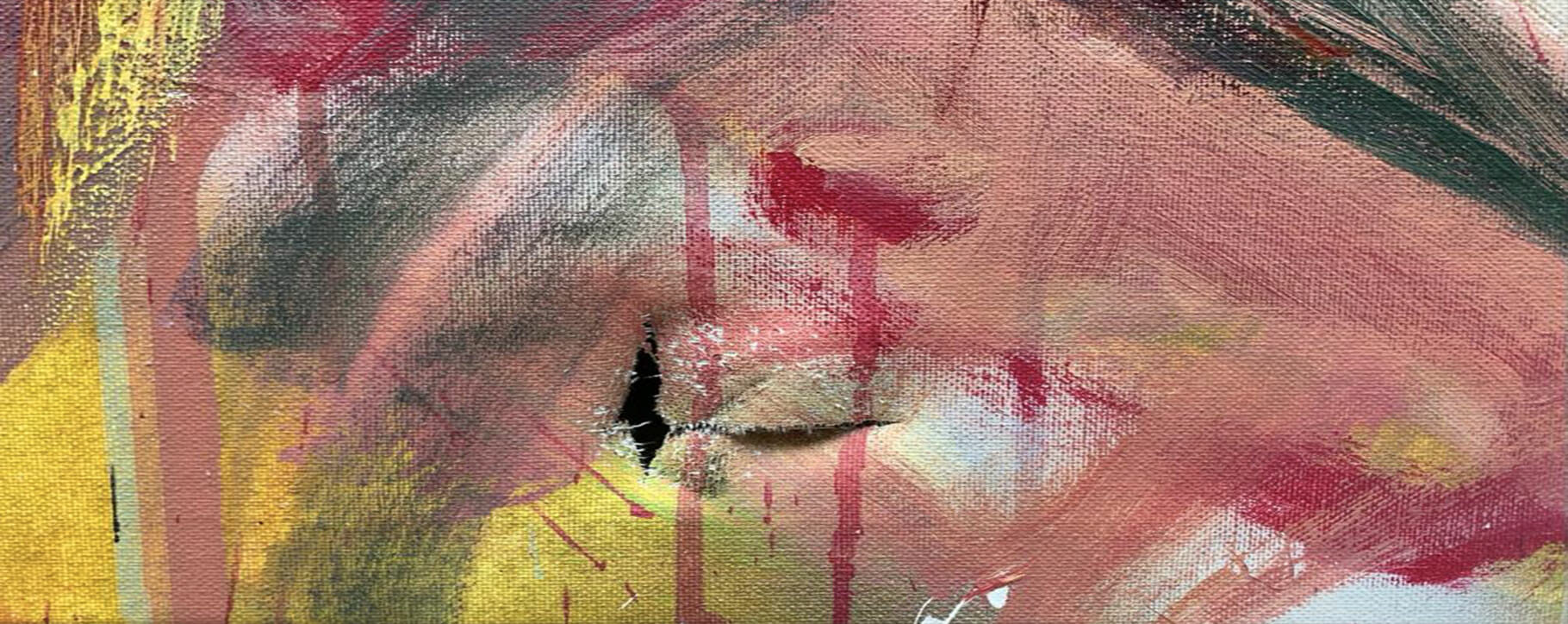 Above: a tear in the canvas of a modern painting before restoration
Above: a tear in the canvas of a modern painting before restoration Above: our conservator performing a tear repair under microscope to ensure all fibres are perfectly re-adhered
Above: our conservator performing a tear repair under microscope to ensure all fibres are perfectly re-adhered Above: the damaged painting before restoration with a close up of the abrasion on the right
Above: the damaged painting before restoration with a close up of the abrasion on the right




